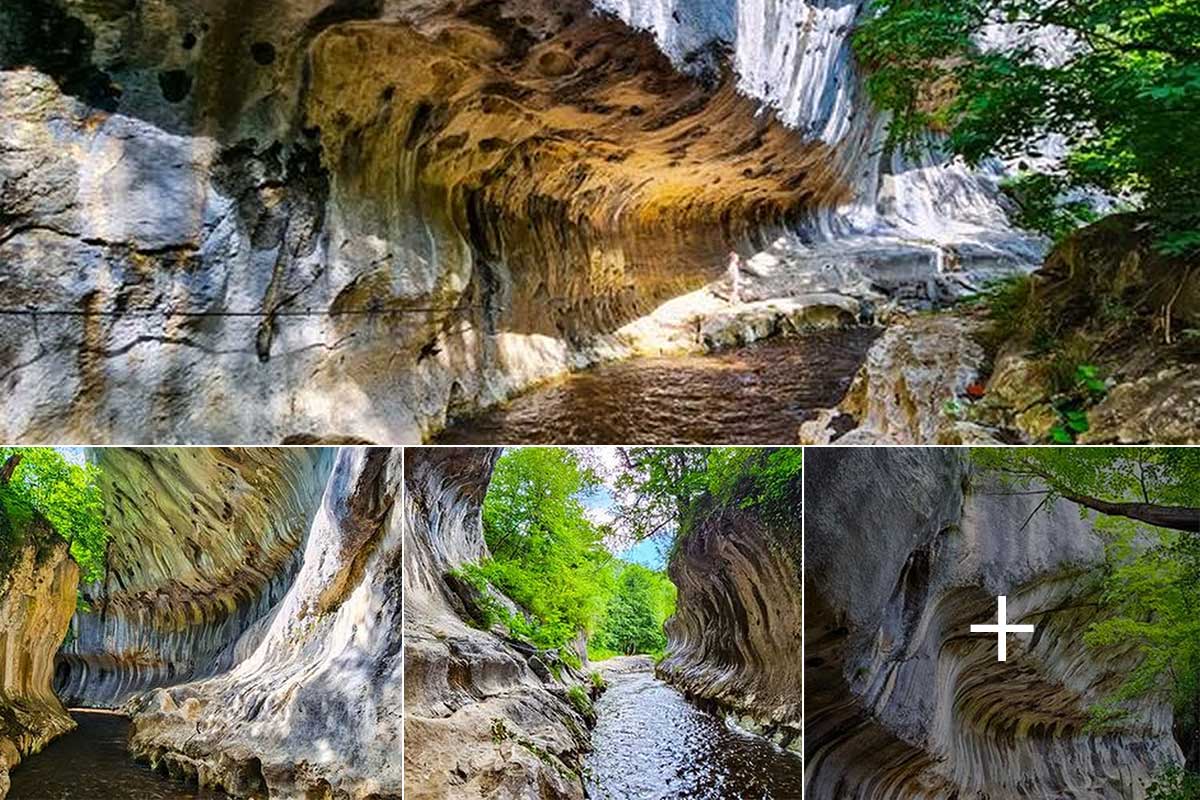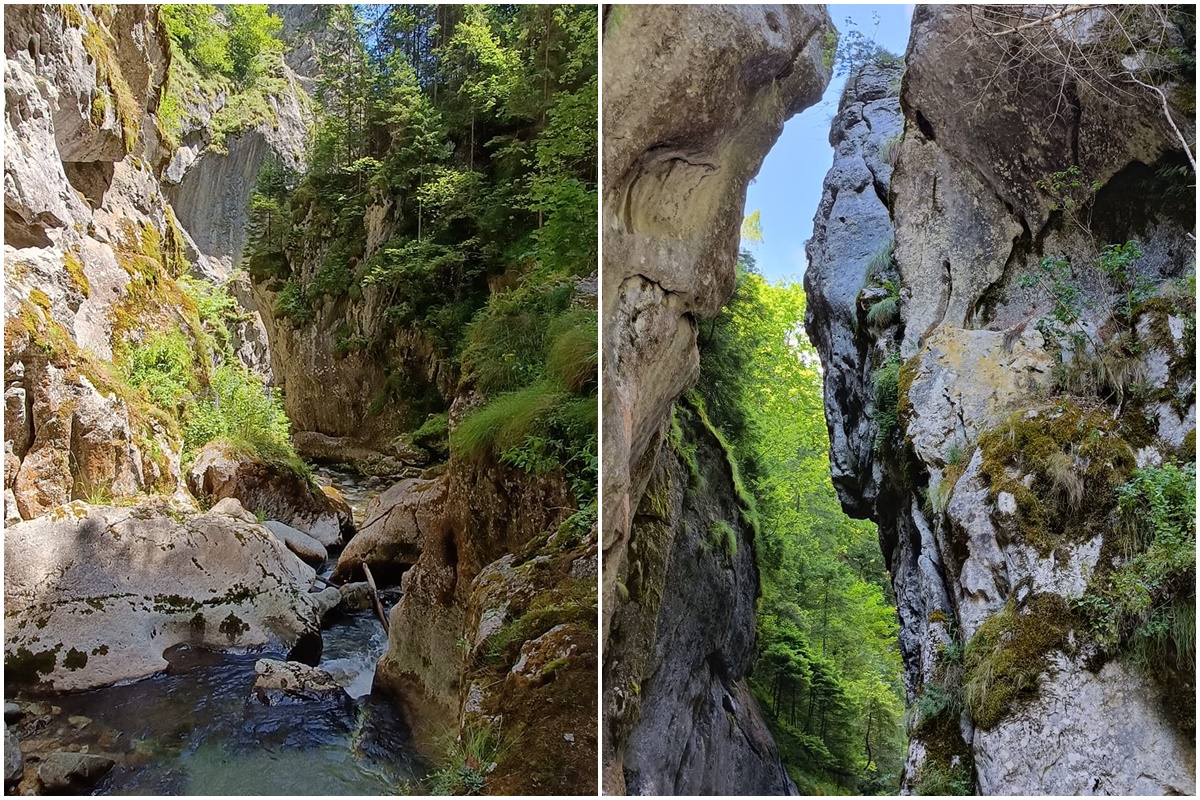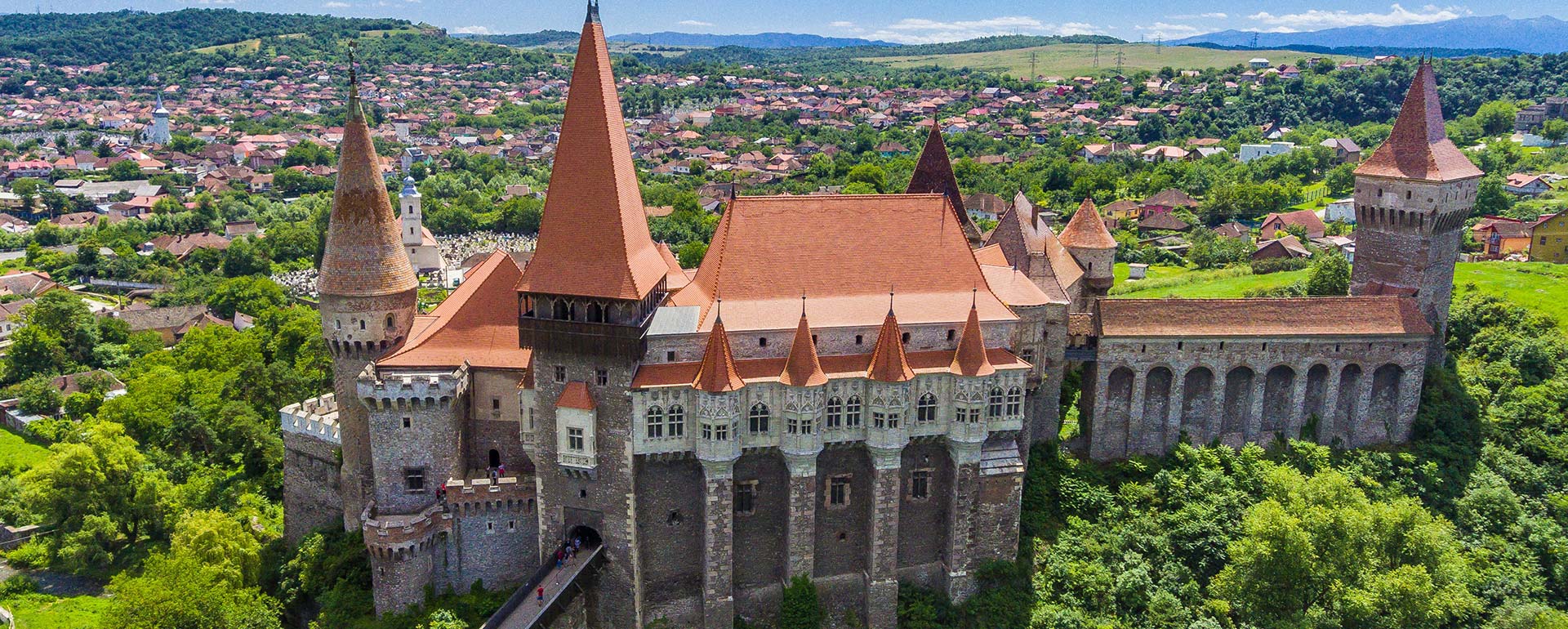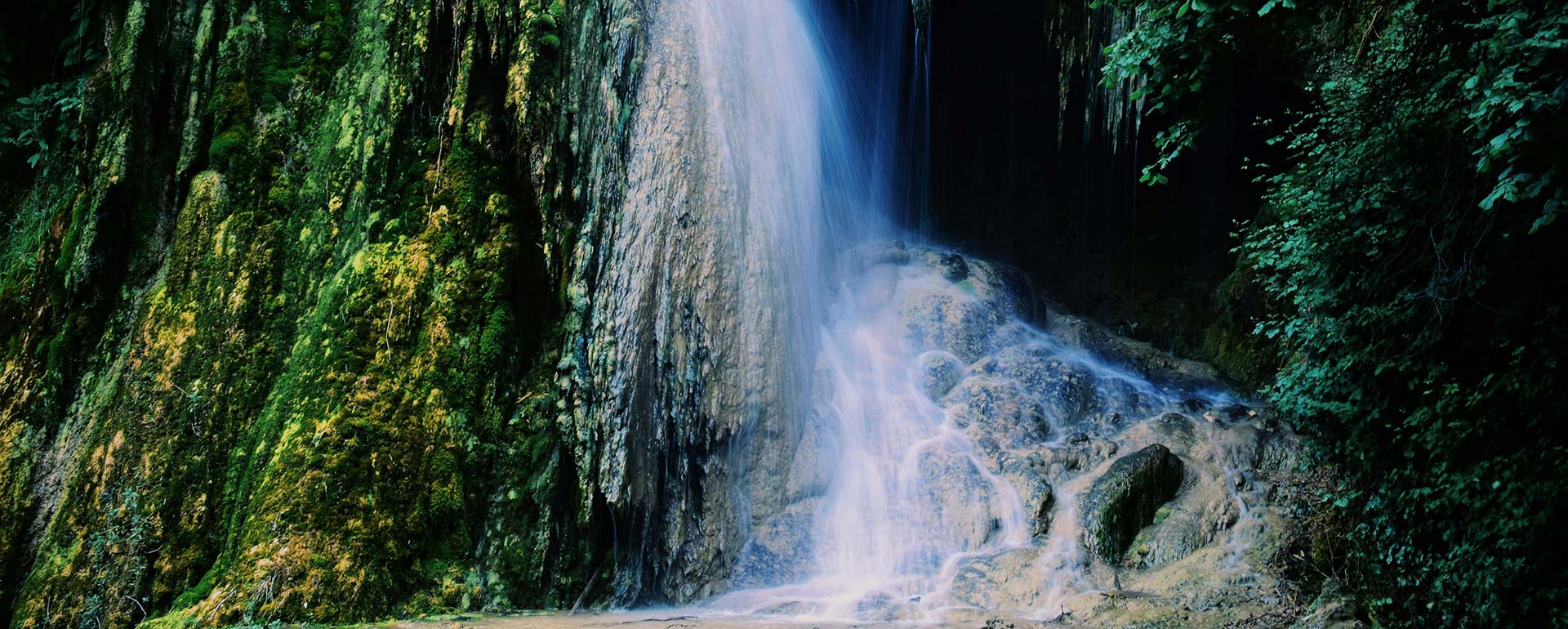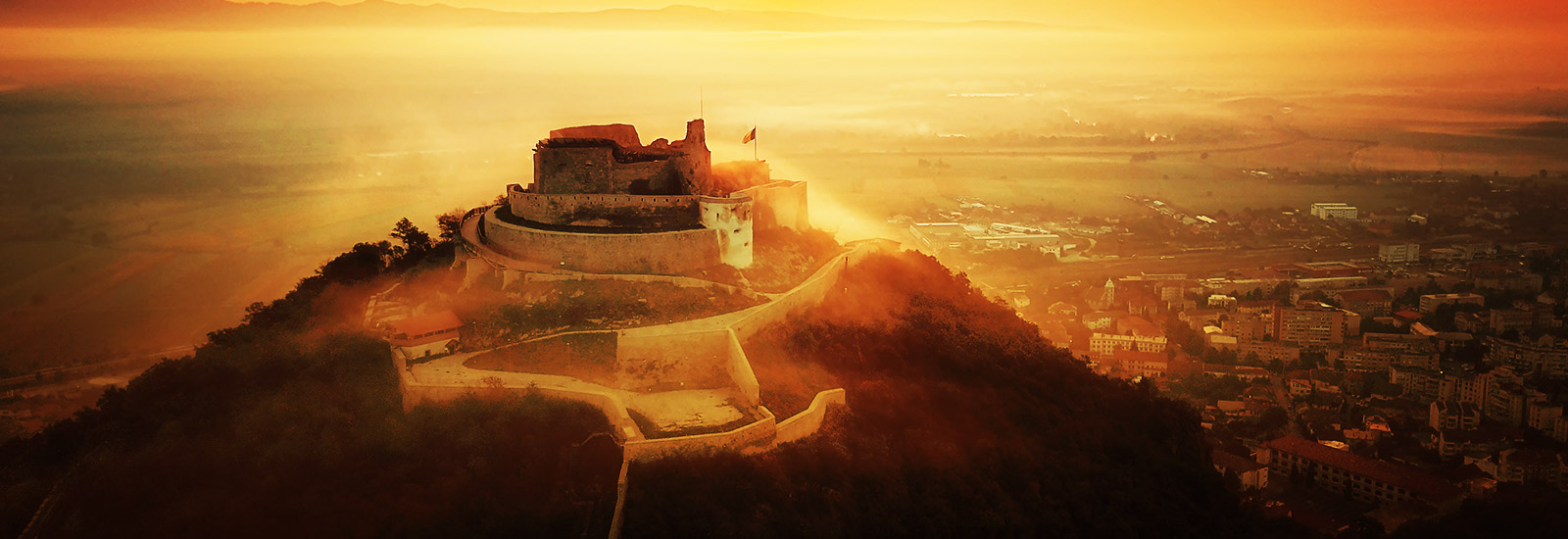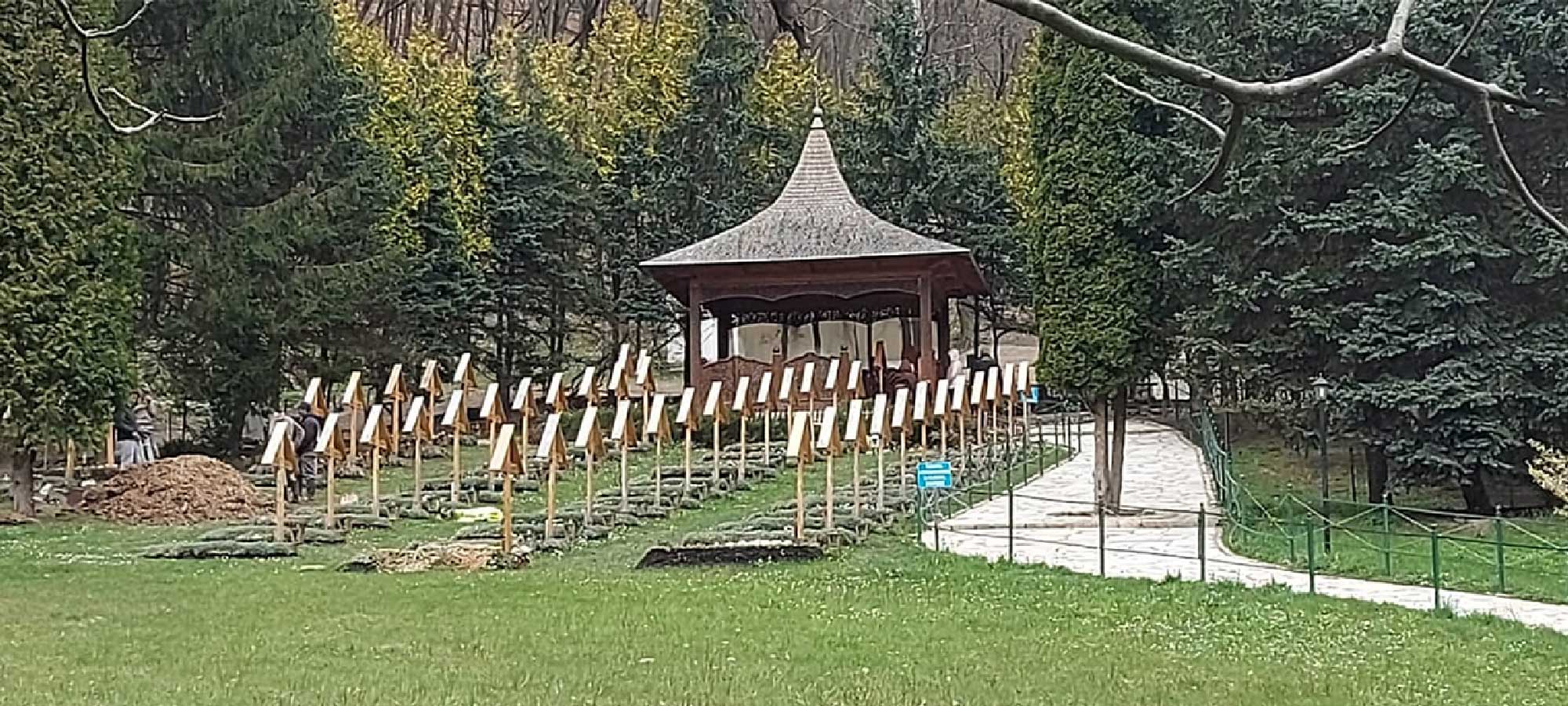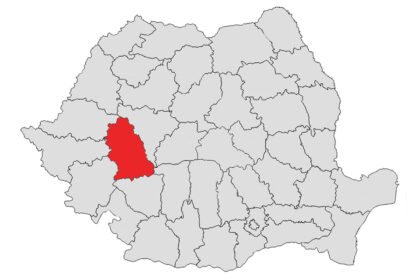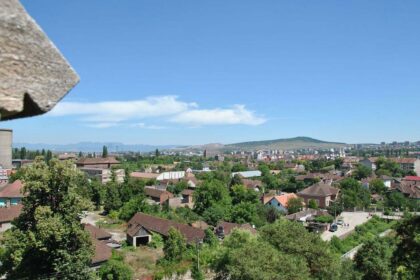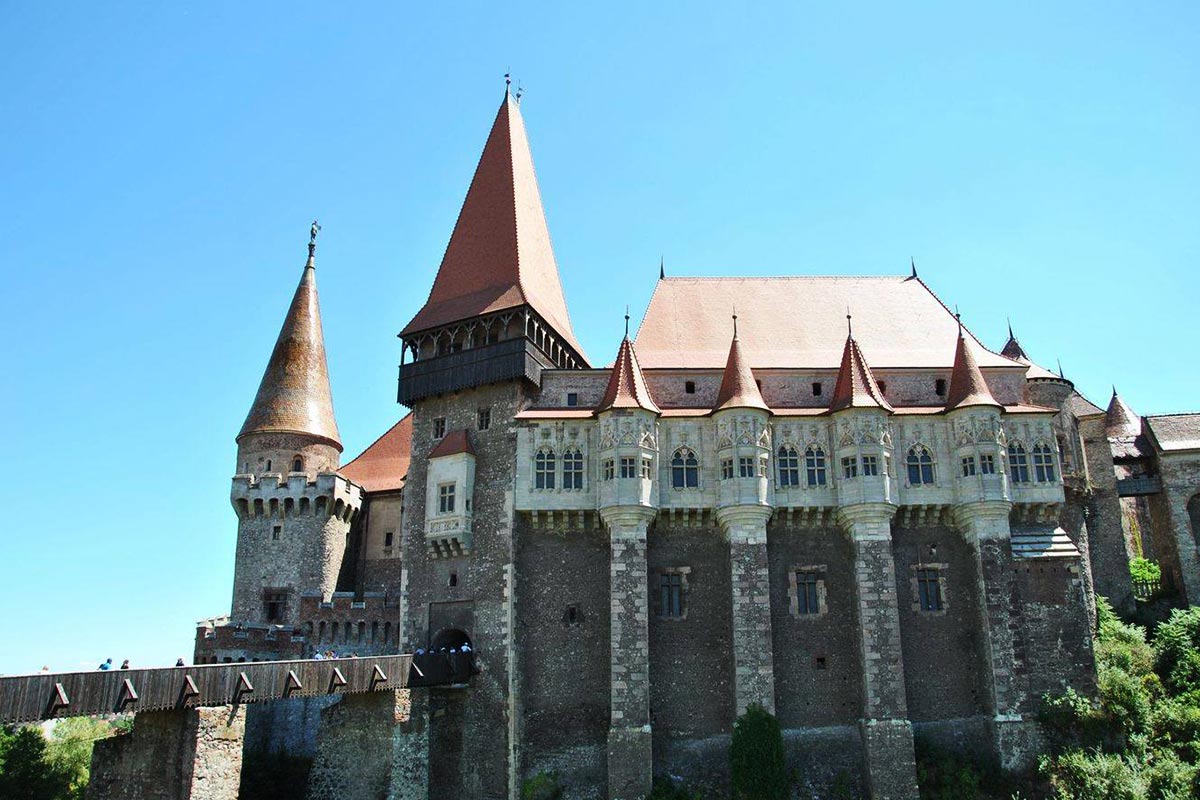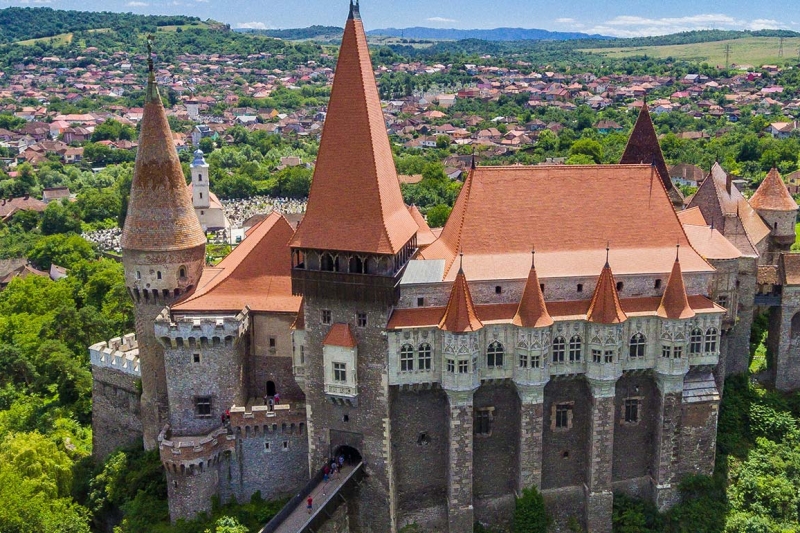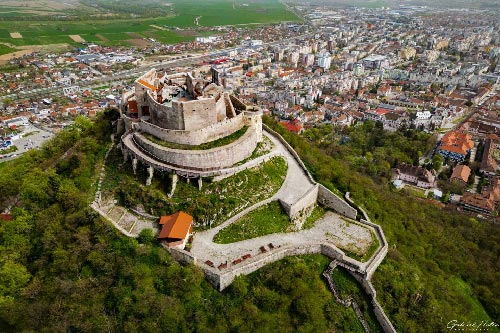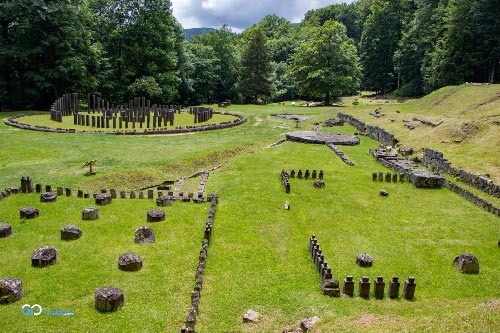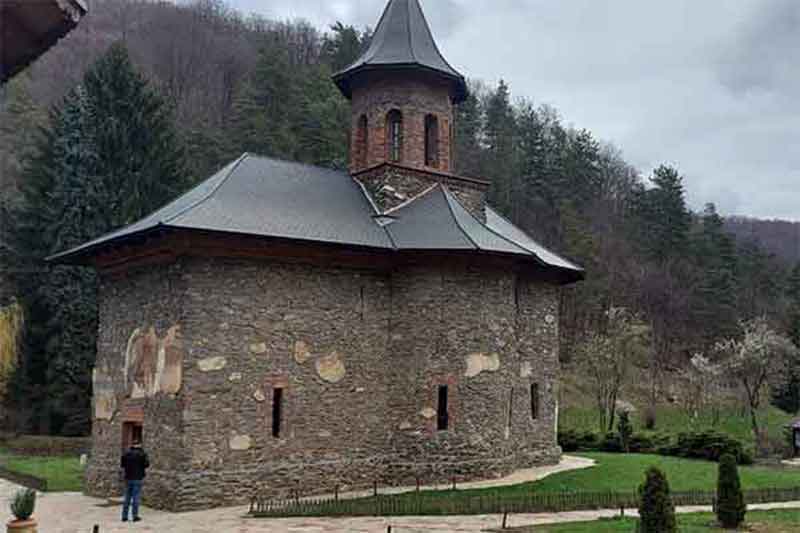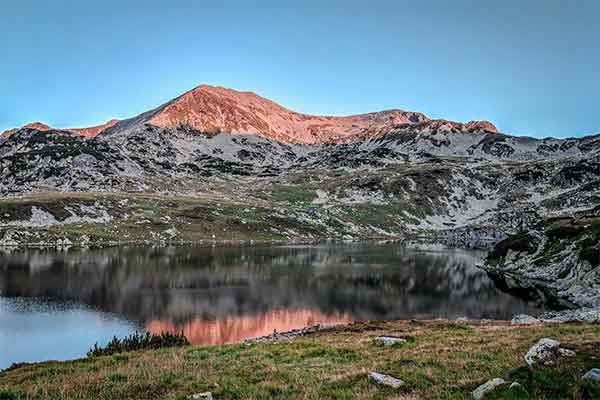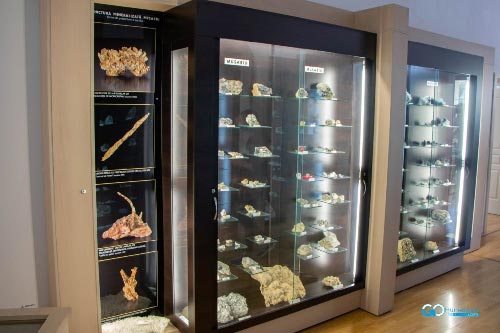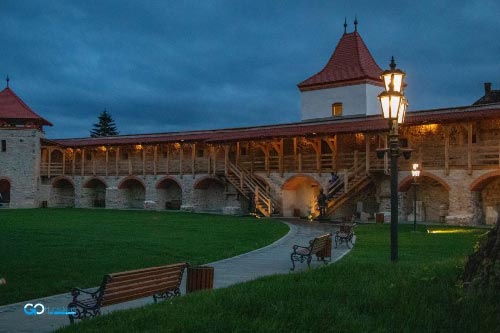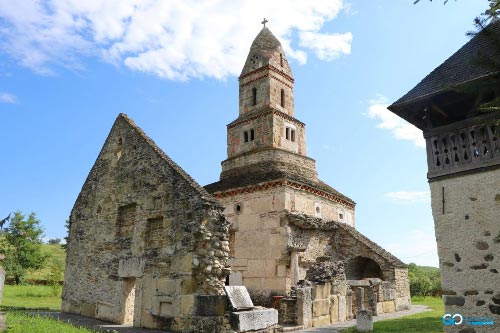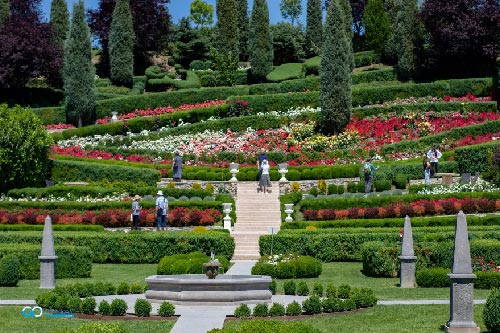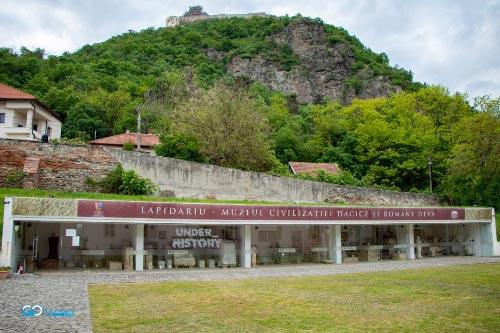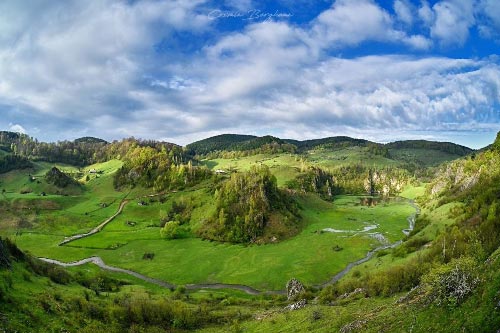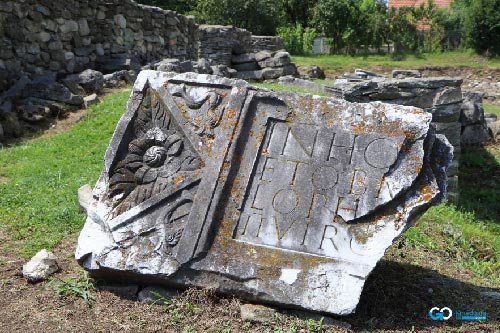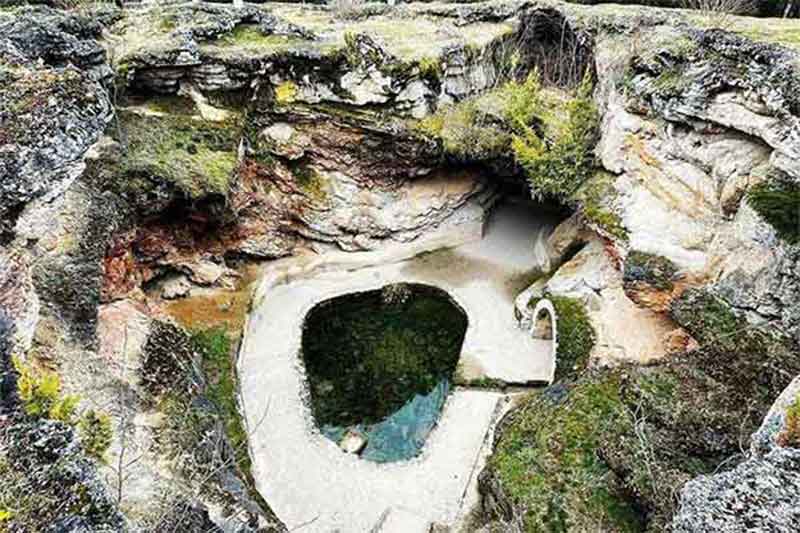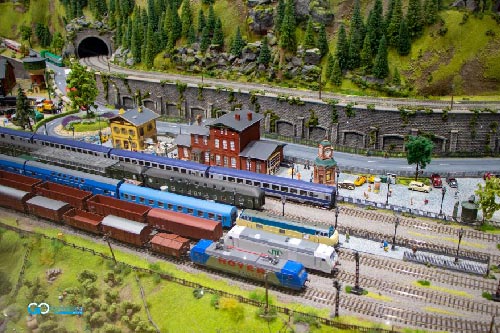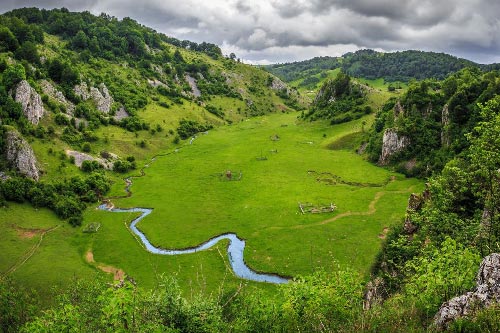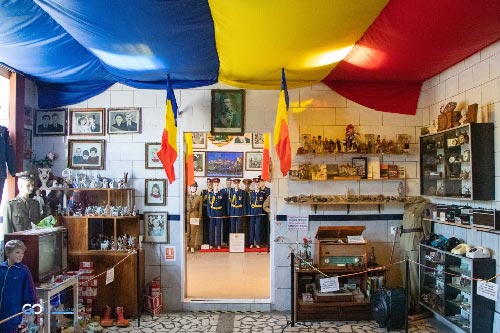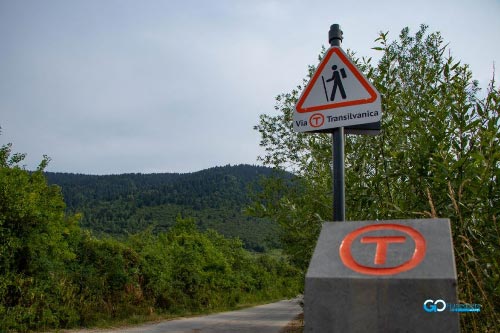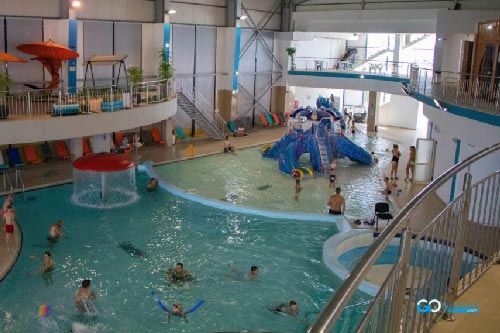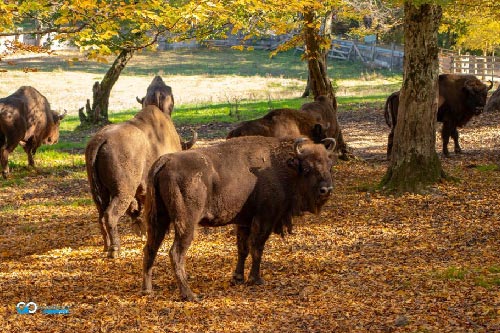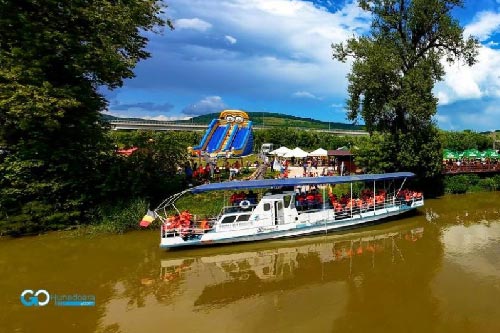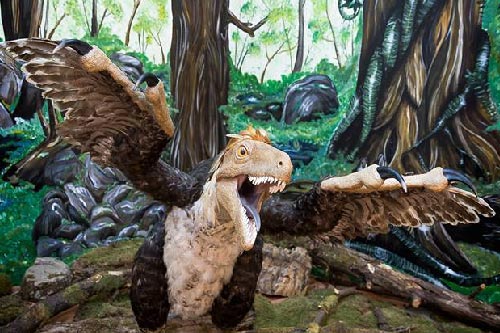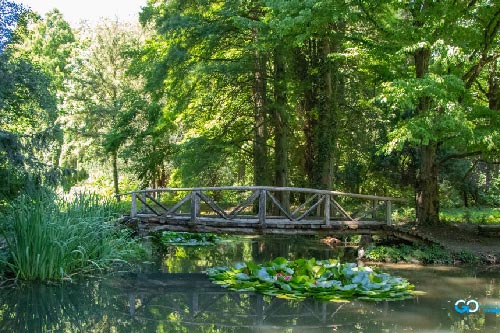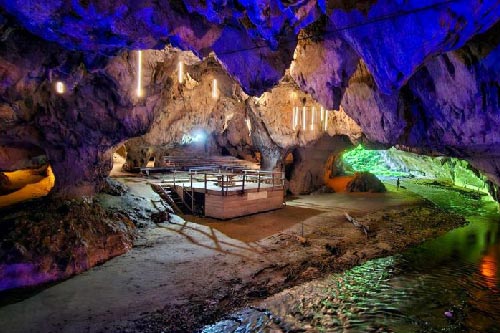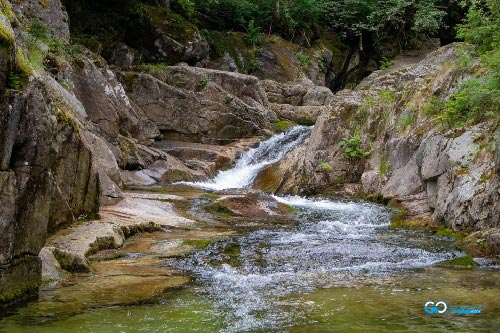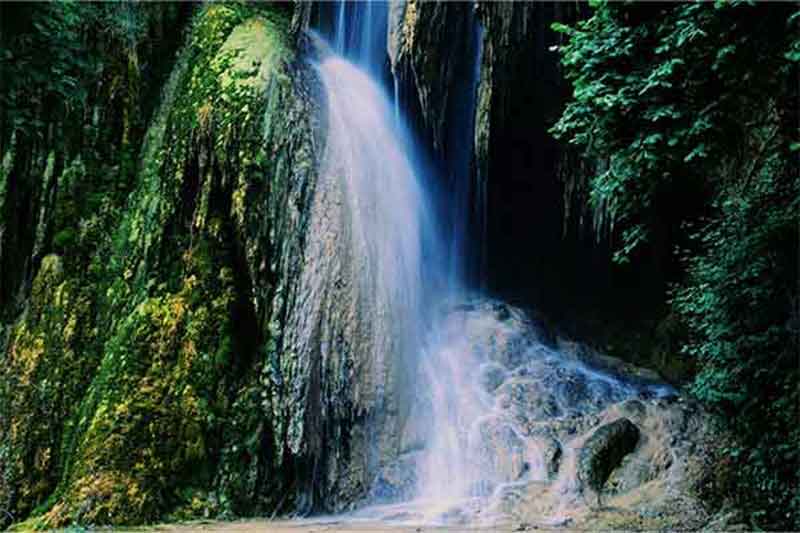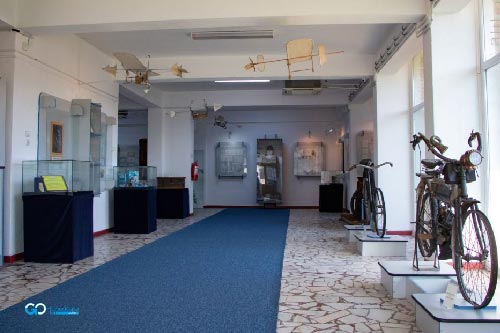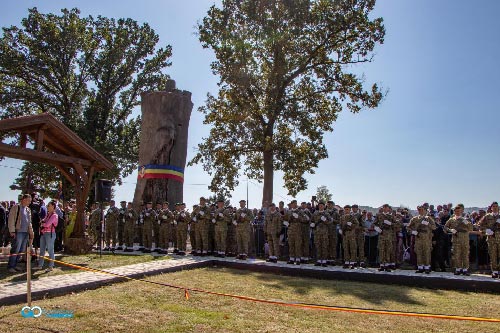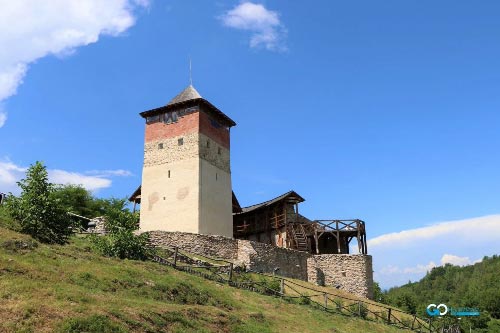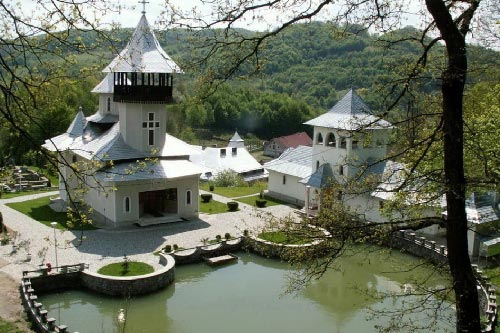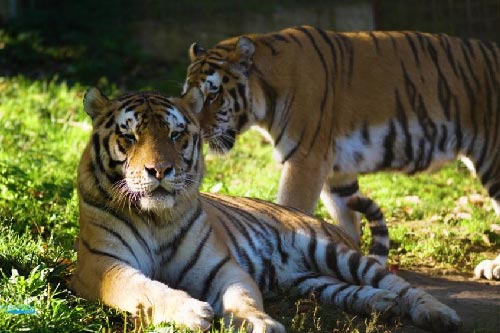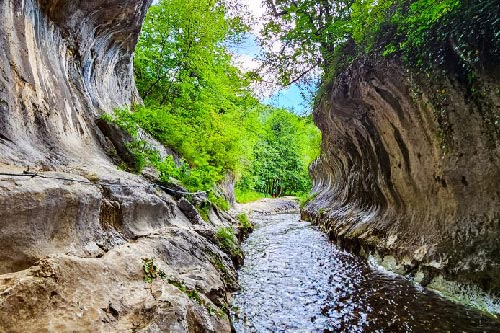Hunedoara County (Cities: Deva, Hunedoara, Petrosani)
Hunedoara is a Romanian county in the Transylvania region with the capital of the Deva district. The common abbreviation and license plate are HD. Hunedoara county borders Alba county to the north and east, Vâlcea county to the southeast, Gorj county to the south, Caraș-Severin, Timiș and Arad counties to the west, and the latter to the northwest.
Tourist attractions / Excursion destinations and Recommendations / Activities
Corvin Castle, the living legend of Transylvania
[More about] [Map]
Corvin Castle, considered the largest medieval monument in southeastern Europe and the castle where Vlad the Impaler, the famous Wallachian prince, was imprisoned, is located in the center of Hunedoara County, in the city of the same name. Hundreds of thousands of tourists cross its threshold every year, but few people know that the first stone fortification in Hunedoara dates back to the 14th century. So, if you’re in the mood for a bit of history and mystery, step confidently into Corvin Castle.
Deva Fortress – guardian of the Mureș Valley
[More about] [Map]
Devei Fortress is one of the most important medieval fortifications in Transylvania and one of the top attractions in Hunedoara County. Thanks to its location on the hill that came to bear its name (Dealul Cetății), the fortress was a strategic defensive point on the Mureș Valley, on today’s border between Transylvania and Banat, on the main artery connecting Romania with central and western Europe.
Sarmizegetusa Regia
[More about] [Map]
Sarmizegetusa Regia, the second capital of the Dacian kingdom, according to historians (initially this role would have fallen to the Costești Cetățuie area), is the largest known settlement in Dacia. It is part of a complex of six Dacian fortifications: Sarmizegetusa Regia, Costești-Cetățuie, Costești-Blidaru, Luncani-Piatra Roșie, Bănița, and Căpâlna.
Prislop Monastery
[More about] [Map]
Prislop Monastery is one of the most famous monasteries in Romania, being an important place of Orthodox pilgrimage and prayer. This is also due to Father Arsenie Boca, also known as the Saint of Transylvania, because of the miracles he managed to perform, both during his lifetime and after his death. The Prislop monastery is located in the immediate vicinity of Silvașu de Sus, about 30 kilometers from the city of Hunedoara and about ten kilometers from the city of Hațeg. We continue our presentation with the top 30+ tourist attractions to visit in Hunedoara County.
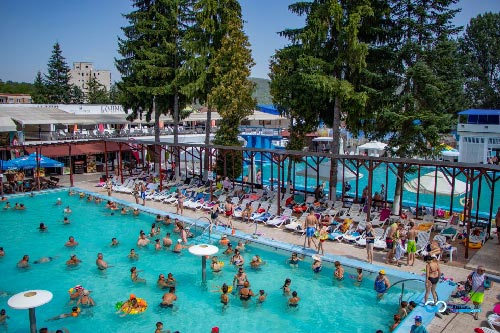
Geoagiu Băi spa resort
[More about] [Map]
The Geoagiu-Băi balneoclimatic resort is located in a hilly area, at an altitude of 350 meters, in the depression of the same name at the foot of the Metaliferi Mountains. The thermal water and ozonated air, constantly refreshed by mountain breezes, make the resort ideal for the treatment of rheumatic diseases, as well as nervous system disorders, fatigue, exhaustion, anemia, and neurosis. The resort also has several “healing” springs, whose sulphurous waters are used for various rheumatic, gastro-duodenal or renal conditions.
Retezat National Park
[More about] [Map]
Retezat National Park is one of the most beloved, sought-after, and visited mountain areas in Romania. It gained much popularity after participating in the New 7 Natural Wonders of the World competition. The park overlaps, in terms of area, with the Retezat-Godeanu Mountains. The Retezat massif is framed by the Petroşani and Haţeg depressions and offers us a generous diversity of shapes, which gives the landscape its specific character, making it easily recognizable from any view or photograph.
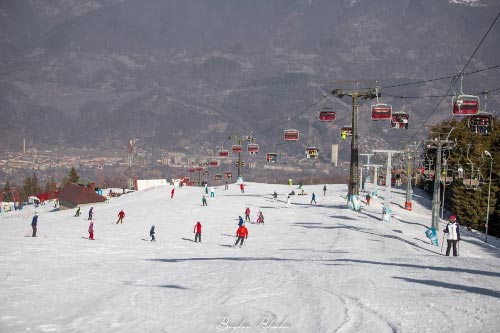
Straja mountain resort
[More about] [Map]
The Straja mountain resort is located in the northern part of the Vâlcan Mountains, at an altitude of 1,445 meters, eight kilometers from Lupeni and 12 kilometers from Petroșani. There are 12 ski slopes of varying difficulty, from beginner slopes to medium and advanced slopes, each with a ski lift, while five of the slopes also have night skiing facilities.
The Museum of Gold
[More about] [Map]
The Brad Gold Museum, founded 100 years ago, belongs to MINVEST Deva and has more than 2,000 exhibits from all continents of the world. Perhaps the most important pieces, however, are those made of native gold, originating from the Metaliferi Mountains. In the Gold Museum in Brad, unique for the richness of its exhibits, you will find gold in all possible forms: flakes, filaments, dendrites, granules, finely dispersed gold, free gold, but also in combination (concrescent) with other minerals.
Orastiei Fortress, 800 years of history
[More about] [Map]
The Orăștie Fortress is a complex of historical monuments located right in the center of the municipality of the same name. The defensive wall, which was part of a specific medieval fortification system, stands tall in front of tourists, protecting the fortress. It was built around 1300, but was documented in 1544 by Sebastian Munster and in 1560 by Giovanandrea Gromo. The fortress was very well designed and solid, and the locals took refuge here during the Tatar invasions and, later, the Turkish invasions.
The Church in Densus
[More about] [Map]
There are many stories circulating about the Church in Densuș: it is said to be the oldest stone church in Romania, with uninterrupted service for almost 2000 years. If you visit the area, some locals will tell you that they have heard from their ancestors that the church was built by “giants,” whose presence is still felt in the collective consciousness of the Hațeg region.
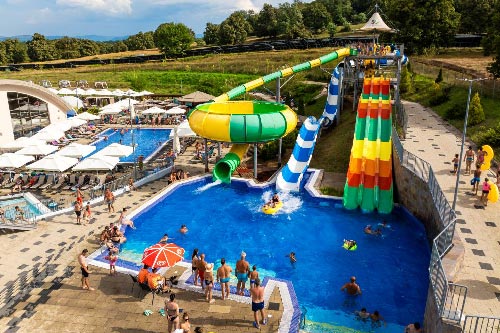
Arsenal Park complex
[More about] [Map]
Located on the site of a former secret military base and weapons factory in Orăștie, Arsenal Aventura & Aqua Park is now a truly special tourist complex that perfectly combines adventure and relaxation in one place, in the middle of the forest. Suitable for families, groups of friends, team building, or school camps. With a generous area of over 88 hectares, the complex offers over 20 recreational and sports activities, an open-air military museum, modern accommodation facilities, a restaurant, and an indoor & outdoor Aqua Park that attracts thousands of visitors from all over the country every year.
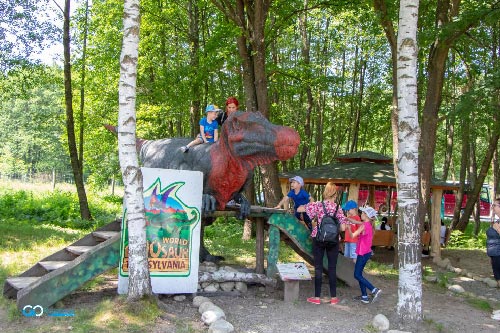
Dinosaur World Transylvania
[More about] [Map]
In Țara Hațegului, in the magical land at the foot of Retezat, fun, adventure, and relaxation go hand in hand at Dinosaur World Transylvania. Children are invited to ride over 20 miniature dinosaurs, and the bravest ones can climb on the three 3.5-meter-tall dinosaurs, reproduced in natural size and displayed outdoors. This year, another dinosaur has made its appearance in the park, namely Hatzegopteryx, whose name is linked to the area where fossils of this pterosaur were found, Hațeg.
The Gardens of Zoe
[More about] [Map]
I Giardini di Zoe is a place with a special energy, a unique aristocratic garden in Romania, created by an Italian businessman, just a few kilometers from the city of Deva, in the village of Banpotoc. Hundreds of ornamental trees and shrubs, carefully placed in their rightful place, fountains where birds of the sky rest, and then delight visitors with their trills, alleys that lead you to Heaven, colors that blend in a refined way, all of which make you believe that you have arrived in a fairy tale.
Museum of Dacian and Roman Civilization Deva
[More about] [Map]
The Museum of Dacian and Roman Civilization in Deva is located at the foot of Deva Fortress, in the Magna Curia building, also known as Bethlen Castle, and was founded in 1882. Few people know that this building, which houses thousands of unique objects, is the oldest historical monument in Deva, having won the “battle” against time. In 1998, the building underwent a restoration process that was completed in 2006.
Grădiștea Muncelului – Cioclovina National Park
[More about] [Map]
The Grădiștea Muncelului – Cioclovina Natural Park has been a legally protected area since 2000, covering an area of 38,184 hectares. The natural park includes six of the most spectacular nature reserves in Hunedoara County, namely the Ponorici-Cioclovina karst complex, Tecuri Cave, Șura Mare Cave, Crivadiei Gorges, Ohaba-Ponor fossil site, and Bolii Cave.
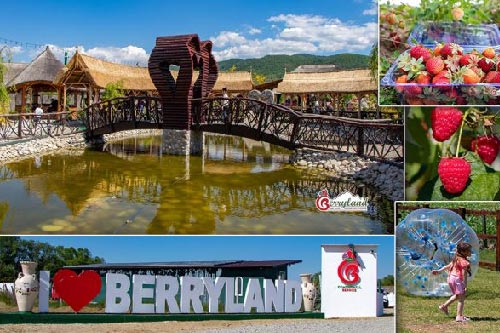
Berryland recreation complex
[More about] [Map]
One of the places for adventure and fun in Hunedoara County, favored by children and adults alike, is the Berryland Recreation Complex. Located at the foot of the Retezat Mountains, in the village of Gînțaga, Bretea Română commune, the complex offers a wide variety of activities. Outdoor games will enchant children: a sand park and shaded trampoline for the little ones, cricket and Viking games, mini soccer, hopscotch, petanque, throwing balls at wooden stands, giant chess, throwing bags into holes, and a manual wooden carousel.
Ulpia Traiana Sarmizegetusa
[More about] [Map]
The colony of Ulpia Traiana Augusta Dacica Sarmizegetusa was the capital of Roman Dacia. One of the most spectacular buildings is the amphitheater, which had a capacity of 5,000 seats. Gladiator fights took place here, as well as drama performances, mime shows, and sporting competitions. Although today the arena is covered with grass, in Roman times this space was sprinkled with sand and sawdust, which absorbed the blood of wounded gladiators.
Dacian-Roman thermal baths at Geoagiu Băi
[More about] [Map]
The Dacian-Roman baths at Geoagiu Băi (Thermae Germisara) still retain almost the same shape they had in ancient times, being carved into the “Roman hill,” a circular promontory with a diameter of approximately 100 meters, located right in the heart of the resort. Today, once you arrive at the Geoagiu Băi resort, you can see the ancient thermal complex, the old baths (the pool with water that does not freeze even in winter), the tunnel (dug in the 1980s), and the side benches, as well as the network of channels that supplied the water.
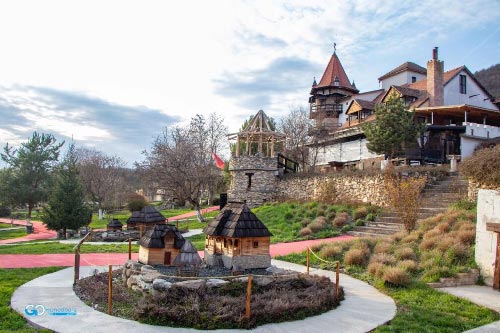
Transylvania Wolf Castle
[More about] [Map]
The Transylvanian Castle of Wolves, located in Chimindia, Hunedoara County, is a place that invites you to lose yourself in legends and history. Once you arrive, you will find yourself immersed, without even realizing it, in the centuries-old stories woven in these lands, in the time of the Great White Wolf of the Dacians, the knights, and the Transylvanian nobility. Here, a world of miniatures created by the skilled hands of one of Romania’s Living Human Treasures, the folk craftsman Ion Rodoș, awaits you.
Valentin Banciu Toy Train Museum
[More about] [Map]
The Valentin Banciu Toy Train Museum is unique thanks to its mountain landscape diorama, which contains a small part of the impressive collection of miniatures belonging to former Hunedoara rally driver Valentin Banciu, winner of several motor racing trophies. Once inside, you are greeted by a magical world of miniatures. The collection comprises only 10 percent of the 18,000 pieces belonging to various epics, collected over almost half a century by the rally driver from Hunedoara.
Ponor Dead End
[More about] [Map]
Fundătura Ponorului, or “God’s Palm,” as this area is also known, is a place where time seems to have stood still. Fundătura Ponorului is located in the Gradistea Muncelului-Cioclovina National Park. It is a protected area of national interest, located in the Șureanu-Parâng-Lotrului mountain range, part of the Southern Carpathians, in the southern part of Hunedoara County, on the administrative territories of the communes of Baru, Boșorod, Bănița, Orăștioara de Sus, and Pui, at an altitude of 900 meters.
The Museum of Communism in Hunedoara
[More about] [Map]
The Museum of Communism in Hunedoara, or more precisely, the permanent exhibition “Romania’s Steps Through Socialism Towards Democracy,” is a place where nostalgia and curiosity intertwine perfectly. From toys, badges, school and military uniforms, to furniture and objects found in almost all Romanian homes, the television with the glass fish on top, a sewing machine manufactured in Romania, but also numerous industrial objects, inscriptions, signs, old warnings, all are original and reflect life as it was during that period known as the Golden Age.
Transylvanian Way Hunedoara
[More about] [Map]
Via Transilvanica, or “the road that connects,” is a unique project in Romania. The “path” crosses the country from Putna, the home of Stephen the Great, to the Danube at Drobeta Turnu-Severin, the place where King Carol I first entered the country. In Hunedoara, Via Transilvanica covers over 170 kilometers through absolutely charming places.
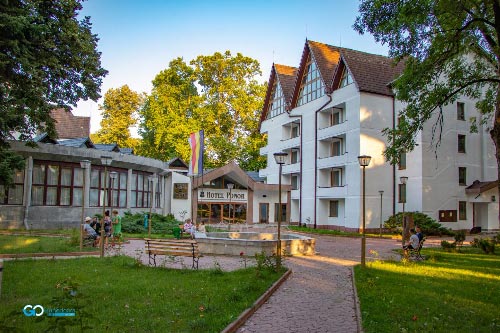
Vața Băi resort
[More about] [Map]
The Vața Băi resort has a centuries-old history, and its waters have healed the ailments of many historical figures. King Carol II himself often traveled here from his castle in Săvârșin to enjoy the benefits of these waters and the beauty of nature. Now, after more than a decade of ruin, the Vața Băi Complex has once again become a true gem of the Apuseni Mountains.
Aqualand Deva
[More about] [Map]
Aqualand Deva is the ideal destination regardless of the season, as the complex is fully covered. The leisure facility has qualified medical assistants and lifeguards on duty throughout its opening hours to ensure maximum comfort and safety for visitors. There are seven pools within the complex, and the ambient temperature is 35 degrees Celsius. The floor is heated, while the water temperature ranges from 32 to 35 degrees Celsius.
The Hațeg Bison Reserve
[More about] [Map]
The Hațeg-Slivuț Reserve is a subdivision of the Hunedoara Forestry Directorate, which prides itself on being the first place in Romania where the European bison reappeared. This happened on November 12, 1958, when a pair of bison was brought from Poland. That was when the action to restore this precious fauna of the Carpathian Mountains began, mountains that once housed numerous herds of bison.
The Șoimuș Steamboat
[More about] [Map]
Tourists visiting Hunedoara County should definitely include a trip on the Mureș River with the Șoimuș Steamboat, near the city of Deva, in their itinerary. It is a wonderful experience. Departures are hourly, and the route runs between Mintia and Hărău, departing from Șoimuș. Photography enthusiasts have the opportunity to capture beautiful landscapes and maybe even encounter the family of beavers that has settled in this area.
Țara Hațegului UNESCO International Geopark
[More about] [Map]
The UNESCO International Geopark Țara Hațegului covers the entire area, with its ancient volcanoes, now extinct, which, driven by tectonic forces, created the relief forms in the area. We owe the area’s geology and biodiversity to these enormous forces: here, we can see both deposits from the bottom of an ancient ocean and rocks formed on the old prehistoric beach. a natural park covering the entire Țara Hațegului region.
Simeria Dendrological Park
[More about] [Map]
The Simeria Dendrological Park or Simeria Arboretum began to take shape on the banks of the Mureș River about 300 years ago. Today, it is a national monument in the art of parks. The park is recognized as the oldest and most valuable collection of native and exotic trees and woody plants. The first layout here was in the English romantic style. The oldest document attesting to the existence of the Simeria Dendrological Park dates back to 1763.
Bolii Cave
[More about] [Map]
Bolii Cave is one of the few caves in the country that can be explored from one end to the other, thanks to the stream that runs through it. Moreover, don’t be surprised by the scene you will find inside: although it is crossed by the Jupâneasa stream, the cave has extraordinary acoustics, so concerts can be held here: from choirs to rock concerts!
Lolaia Waterfall
[More about] [Map]
Lolaia Waterfall is one of the most beautiful waterfalls in Hunedoara County, located in the northern part of the Retezat Mountains. The waterfall is located at an altitude of 1,050 meters, in the northern part of Retezat National Park, in Nucșoara Valley. Fortunately, this wonderful natural attraction is very easy to reach from Cârnic, as car access is permitted here throughout the year.
Clocota Waterfall
[More about] [Map]
Clocota Waterfall is located on the edge of the Geoagiu-Băi spa resort and is one of the most beautiful in the county. The waterfall is located about 55 kilometers from Deva, where several thermal springs meet. It can be accessed in two ways: either via the path that descends from the road leading to the town of Geoagiu, or through the resort, via a narrow street that branches off from the road in the resort’s civic center. Clocota Waterfall is formed on the Clocota River. Although not large, it is impressive due to its height and location.
Aurel Vlaicu Memorial Museum
[More about] [Map]
The Aurel Vlaicu Memorial Museum is located in the village that now bears the name of the great inventor and belongs to the town of Geoagiu. The former village of Binținți, now renamed Aurel Vlaicu, is located about 10 kilometers from Geoagiu and is quite easy to reach. The memorial complex includes Aurel Vlaicu’s birthplace and the museum set up in the immediate vicinity of the house, but only the museum can be visited.
The monument complex at Țebea
[More about] [Map]
The monument complex in Țebea, in the commune of Baia de Criș, or the Pantheon of the Moti, as it is also known, is the final resting place of Avram Iancu, the Prince of the Mountains. The complex has looked the same since 1924. Here you will find several landmarks that recall the glorious times of the Moți people’s struggle against social injustice, for liberation and national unity.
Mălăiești Fortress
[More about] [Map]
Mălăiești Fortress is, in fact, a complex of historical monuments located in the village of the same name, Mălăiești, in the commune of Sălașu de Sus. Experts describe it as a fortress with a keep and a stone ring enclosure, to which four polygonal towers were later added. It is believed to have been built by the Sărăcin family as an observation point and for defense.
Crisan Monastery
[More about] [Map]
With a history spanning several centuries, Crișan Monastery, also known as Vaca Monastery, is an Orthodox monastery located in the village of Crișan, in the commune of Ribița. The monastery gradually reveals itself to believers as soon as they pass through the wooden gate at the entrance. Crișan Monastery dates back to around 1450, being the only monastery in Țara Zarandului with documentary evidence and which has stood the test of time the longest.
Hunedoara Zoo
[More about] [Map]
The Hunedoara Zoo was built in 1972 and is located on Pădurii Street, on the edge of the “Pădurea Chizid” protected area. Here you can admire 21 species of animals, totaling 129 specimens. More specifically, on either side of the paths that wind through the zoo, there are Carpathian bears, lions, tigers, black goats, baboons, pheasants, peacocks, goats, including ponies and ravens.
Banita Gorge
[More about] [Map]
The Bănița Gorges (nature reserve) are located in the Gradistea Muncelului-Cioclovina Natural Park, near Bolii Cave, carved by the Bănița River into the same limestone massif. They are particularly spectacular, offering a rare landscape. Tourists who visit these gorges are advised to wear appropriate equipment, even though the route is not particularly difficult.
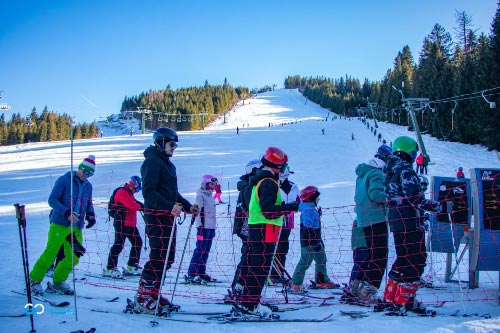
Râușor resort
[More about] [Map]
The Râușor resort is located in the Retezat Mountains, and there are three ski slopes here. Basically, the ski area has expanded from 350 meters of slopes to 3,500 meters. Now, there are three descent options. The easy option, which starts from the top of the old slope, for beginners, the medium option, and the Black Slope, for advanced skiers. The area is suitable not only for winter sports enthusiasts but also for hiking enthusiasts in the summer.
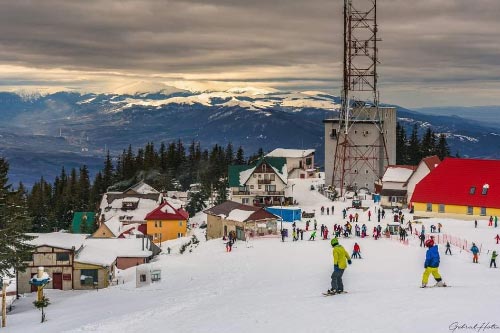
Parâng mountain resort
[More about] [Map]
The Parâng mountain resort is located on the northern slope of the Parâng Mountains, in the southeast of Hunedoara County. The resort is waiting for you, of course, to practice winter sports, but that doesn’t mean you can’t climb Parâng in the summer to admire the peaks of rare beauty. There is a group of paragliding enthusiasts here, as well as a school for those who love aerial adrenaline rushes. Parâng also offers you the opportunity to go ski touring.
Facebook PostsView all Facebook posts!




